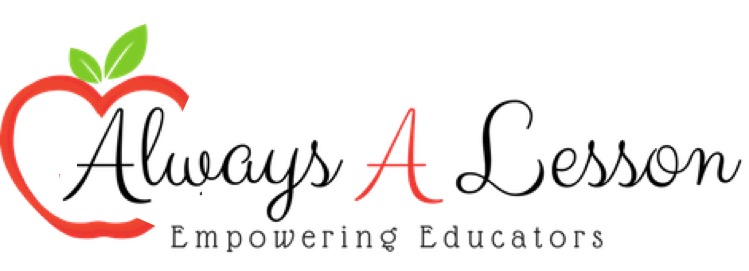5 Myths of Student Choice & Ownership
Student choice and ownership is a way of passing the leadership baton to students in the classroom. Of course, this is an earned privilege over time that has required a lot of work on the part of the teacher. For example, teachers must thoroughly plan lessons to prevent misunderstandings and misbehaviors. They then must execute lessons as planned to meet grade level requirements. Followed by designing a variety of engaging activities for students to master knowledge and skills. Only then, can teachers begin to add some flair to the learning experience.
Students are not ready for choice and ownership in the classroom if they currently cannot learn well under the teacher’s instructional style, follow behavior expectations, or engage at deep levels with the content and with their peers. If both the teacher and students have progressed through the phases of lesson design, classroom management and student engagement, then they are ready for more freedom in learning.
 This post will share 5 myths related to student choice and ownership. If teachers are able to bust these myths in their own classrooms, they along with their students will be enjoying the thrills of authentic autonomy!
This post will share 5 myths related to student choice and ownership. If teachers are able to bust these myths in their own classrooms, they along with their students will be enjoying the thrills of authentic autonomy!
Myth #1
Every student should have access to choice and increased ownership.
False. As mentioned above, students have to demonstrate responsibility as learners to earn additional choice and ownership. When teachers differentiate instruction for students, choice and ownership can be options for students who are ready for that freedom. Sometimes, the class as a whole is not ready for choice or ownership (maybe even all year) and teachers will have to reserve the urge to provide it. If students are given instructional freedom before they are ready for it, misbehaviors escalate and learning outcomes plummet. The goal is that every student has access to choice and ownership when they are ready, but that doesn’t mean it happens for every child every year.
Myth #2
Offering choice and ownership in the classroom takes a lot of work.
False. If teachers have planned well, executed their plans in a consistent manner, provided boundaries for meeting expectations academically and behaviorally, designed a variety of engaging activities that students successfully participated then, then the choice and ownership are easy to implement. This is because the teacher has created systems and consistency leading up to this point and when students are exposed to choice and allowed more ownership, they follow suit with the path the teacher has been paving all year. Systems and expectations don’t change just because students are taking over and leading the way. It’s a simple pass of the baton that has been slowly occurring all year. When teachers solidify lesson design, classroom management and student engagement, then moving on to choice and ownership is seamless.
Myth #3
Providing choices to students means differing levels of effort.
False. It can happen that a teacher offers choice in assignments that differ in level of complexity. This may mean a child finds one activity easier than another. However, if the teacher designs instruction well, then all the choices are of the same rigor level. For example, some students may prefer artistic expression while others desire to show off their comedy skills in a quick sketch. It may feel easy by selecting choice assignments in alignment with student interests, but the actual demonstration of learning is the same level of difficulty for each possible choice assignment. What students demonstrate should be the same level of rigor where how they demonstrate it can feel different. The teacher should spend time explaining expectations for quality of work regardless of which choice option they select.
Myth #4
You can have choice without ownership and vice versa.
False. Choice allows students to take ownership of their learning journey instead of being told what to do. Ownership allows students to choose how to lead in and around their classroom. These two elements are interwoven and work best in tandem. As a reminder, this is an earned perk only to be used when students have demonstrated they can adhere to content, behavior and emotional expectations in the classroom. Being clear with students about this privilege is essential to the longevity of the freedom. If students cannot be successful with more freedom, then choice and ownership go away until earned again.
Myth #5
Students are not interested in freedom and autonomy in the classroom.
False. Humans have a fundamental desire for autonomy. This psychological need is linked to motivation and growth. Having free will to make decisions in alignment with your own needs and wants is fulfilling. Therefore, not just students, but adults too desire freedom in learning and their lives. It can be comforting to be told what to do when you are first learning, but as you grow in skill you are ready for more freedom. When students experience autonomy in the classroom, they are motivated to perform well so as not to lose the freedom. Autonomy brings satisfaction, even when the task is hard.
Additional Resources
If you’d like to learn more about student choice and ownership, check out the additional resources listed below:
- Blog Posts
- Downloadable PDF
- Book
Want more support? Browse our full collection of printable and digital tools. You can also read more helpful posts on the blog.
GO BE GREAT!

